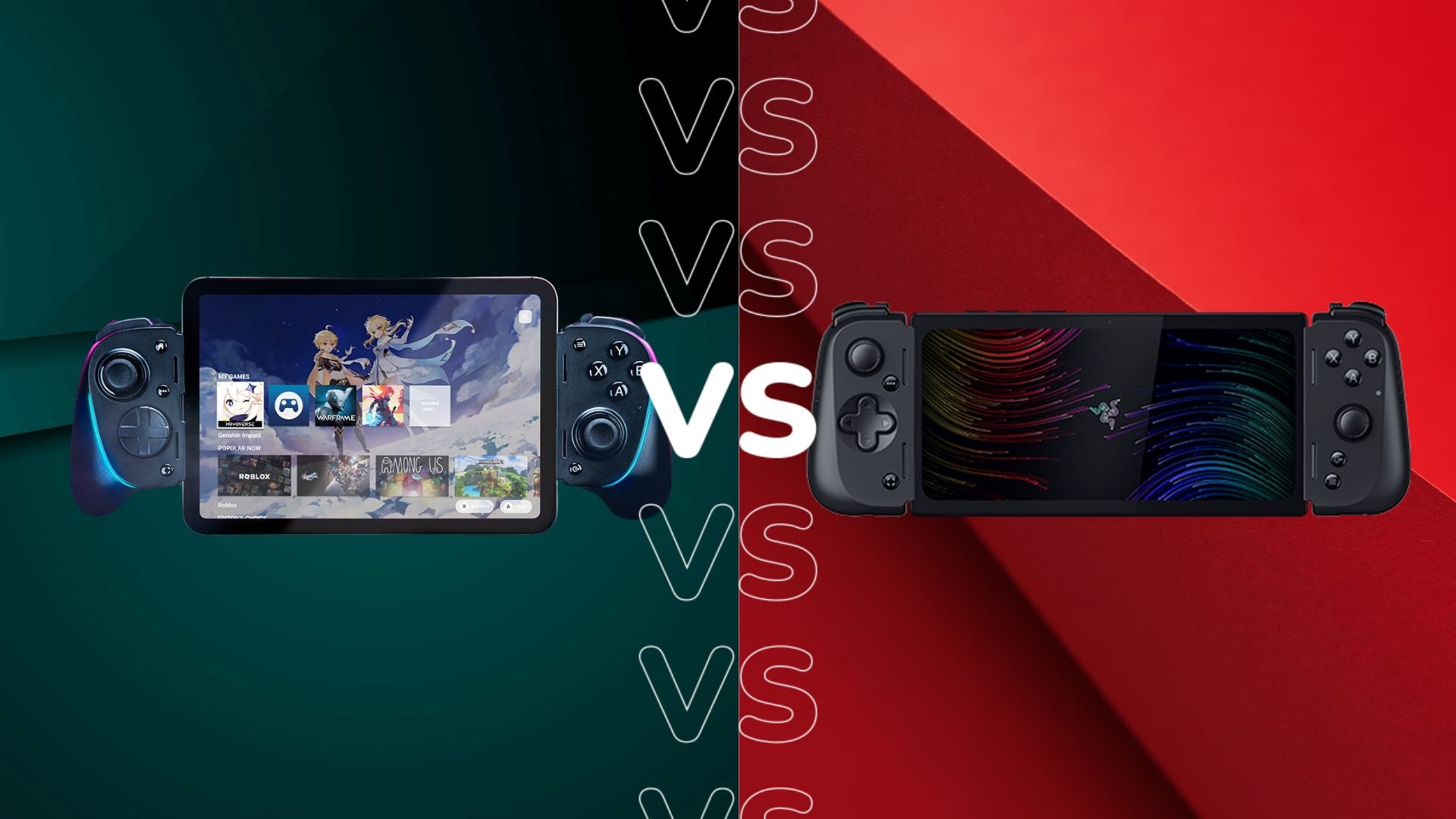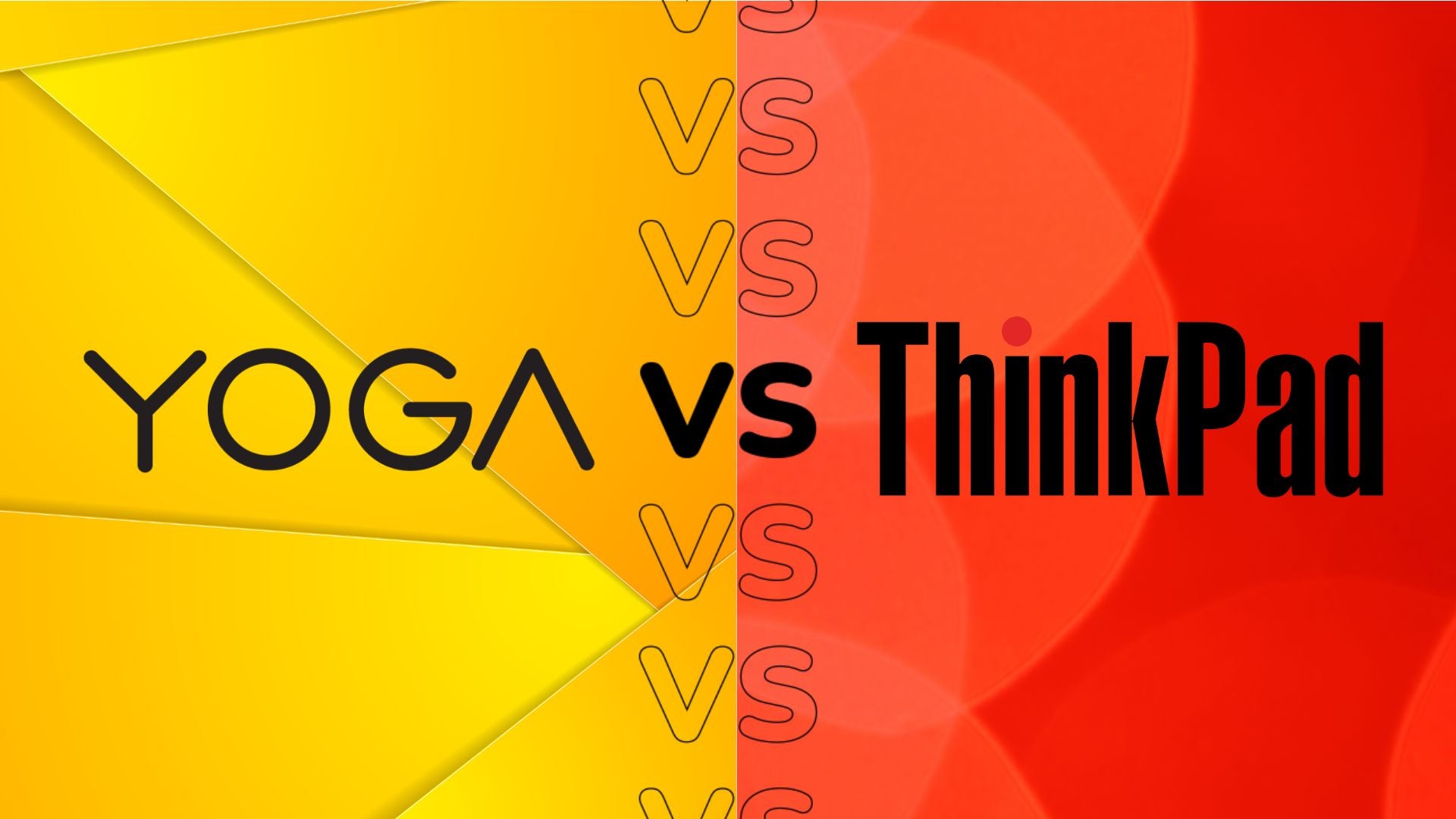PlayStation VR 2 vs Meta Quest 2: Which VR headset is best for you?
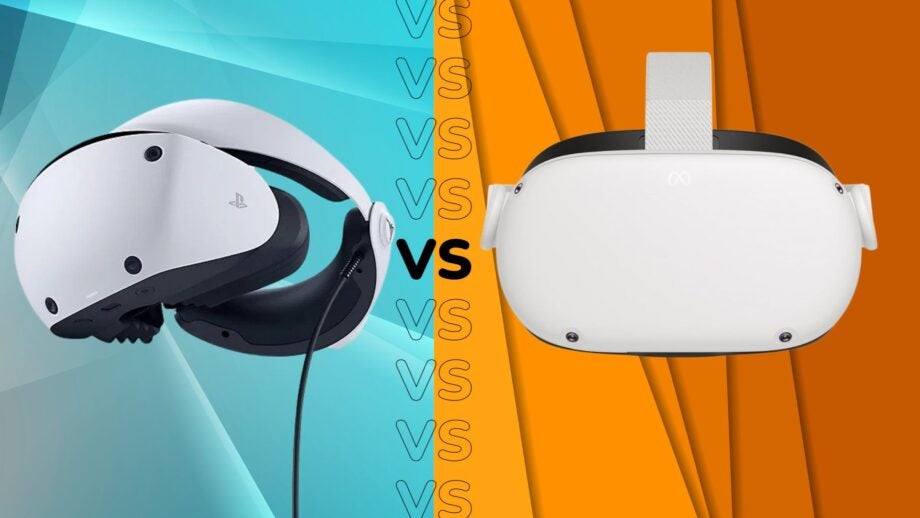
With the release of Sony’s next-generation VR headset, the PlayStation VR 2, we wanted to see how it stacks up against one of its rivals.
We want to talk through the differences between Sony’s latest headset and one of the most popular VR headsets on the market, the Meta Quest 2.
Read on to find out how the PlayStation VR 2 and Meta Quest 2 differ in terms of the specs, price, features and more.
Price
The PSVR 2 has a launch price of £529.99/$549.99 and comes with the VR headset, two VR2 sense controllers, stereo headphones and a USB cable for charging and pairing.
The Meta Quest 2 is already available to buy and comes in two variations, at 128GB storage and 256GB storage. The latter comes in at £399.99/$399.99 and the former at £499.99/$499.99.
Included with the VR headset are a charging cable and power adaptor, two Touch controllers and a glasses spacer.
Design
The Meta Quest 2 looks very similar to its predecessor if not 10% lighter, with our reviewer noting that it can cause your head and neck to ache after extended use. Swapping between players has been made more seamless with the one velcro strap, although we thought that they had a tendency to dig into your head or slip out of place.
There are two speakers built into the headset that can get very loud as well as a 3.5mm audio jack and Bluetooth support if you would prefer to wear a pair of headphones instead. It also features a USB-C port for charging and can be wirelessly connected to a monitor or a TV.
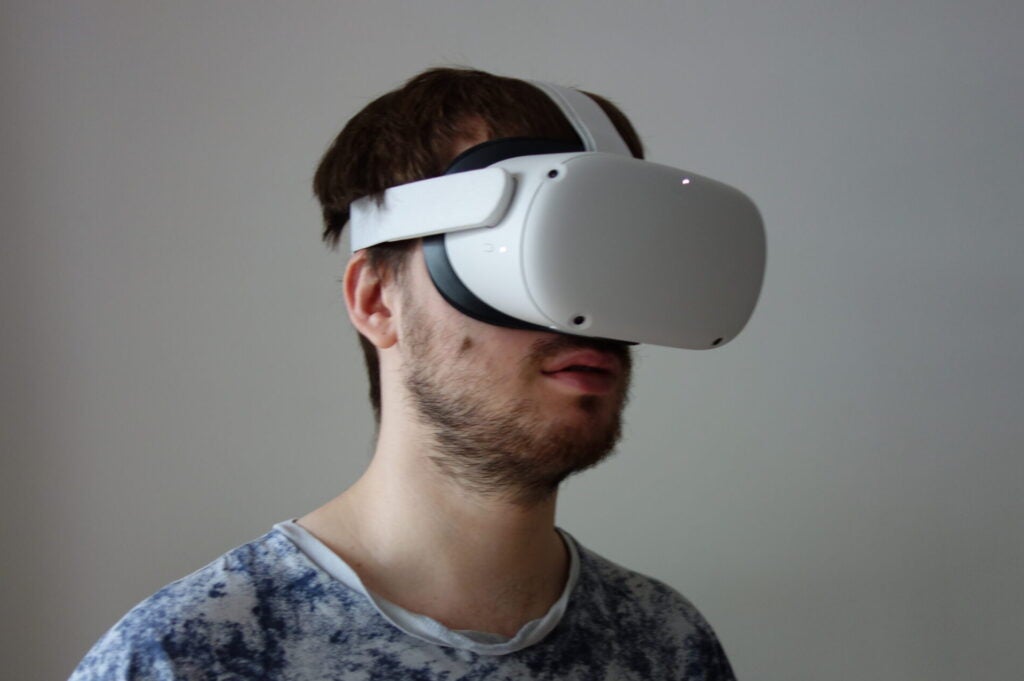
Turning to the PSVR 2, it has a similar colour scheme to the PS5. We think that it’s one of the best looking VR headsets out there, with shiny PlayStation logos found on the sides.
The headset features a halo design with a padded headband, although it did tend to dig into our reviewer’s forehead after extended use. However, we did note that it had a better design than the Meta Quest 2, as it did not often slip out of place during use.
The headband can be adjusted by rotating the dial on the rear which will make it easier for gamers that wear glasses to use the headset. Haptic feedback technology is built into the headset for more immersive gameplay – we were a big fan of this feature, with the vibrations proving subtle enough that they don’t cause any discomfort.
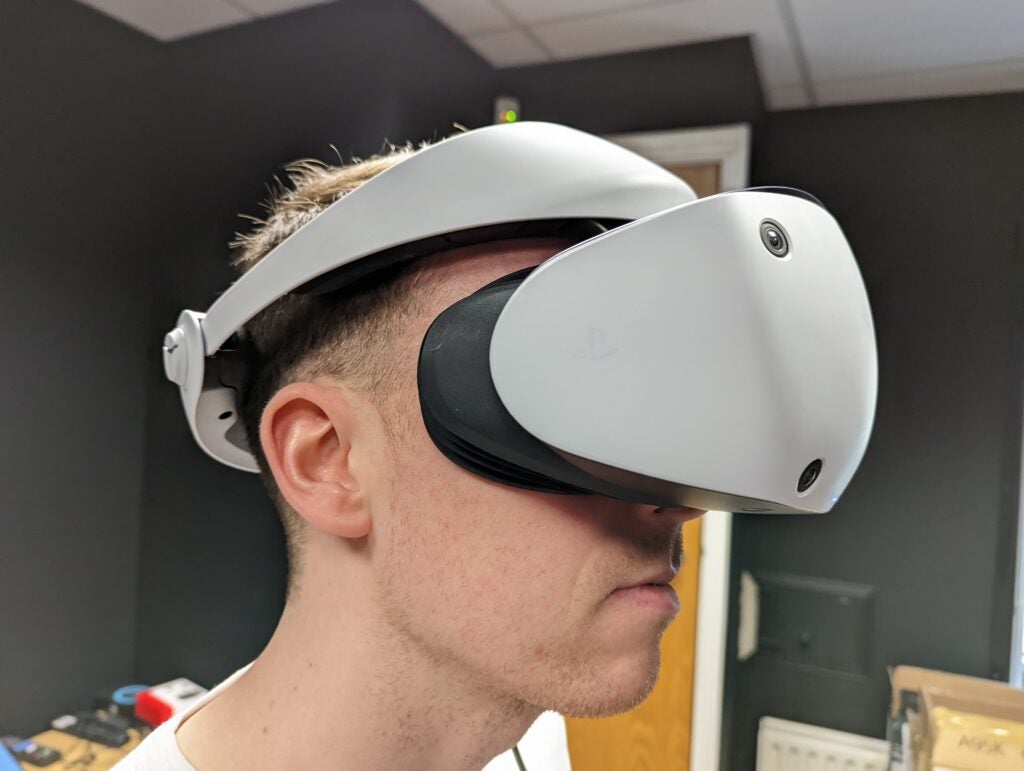
In terms of ports, it uses the USB-C port to plug into the PS5. While this setup is fast we noted that the wire can be a trip hazard since you’re tethered to the PS5.
Finally, it features a headphone port on the rear which can be paired with the included Sony earbuds or any other headphones you already own.
Controllers
Both the PSVR 2 and Meta Quest 2 feature hooped designs to ensure pinpoint tracking as well as haptic feedback. Sony’s Sense controllers include adaptive triggers that can create vibrations and resistance to heighten immersion, such as feeling the tension of a bow when pulling back the string.
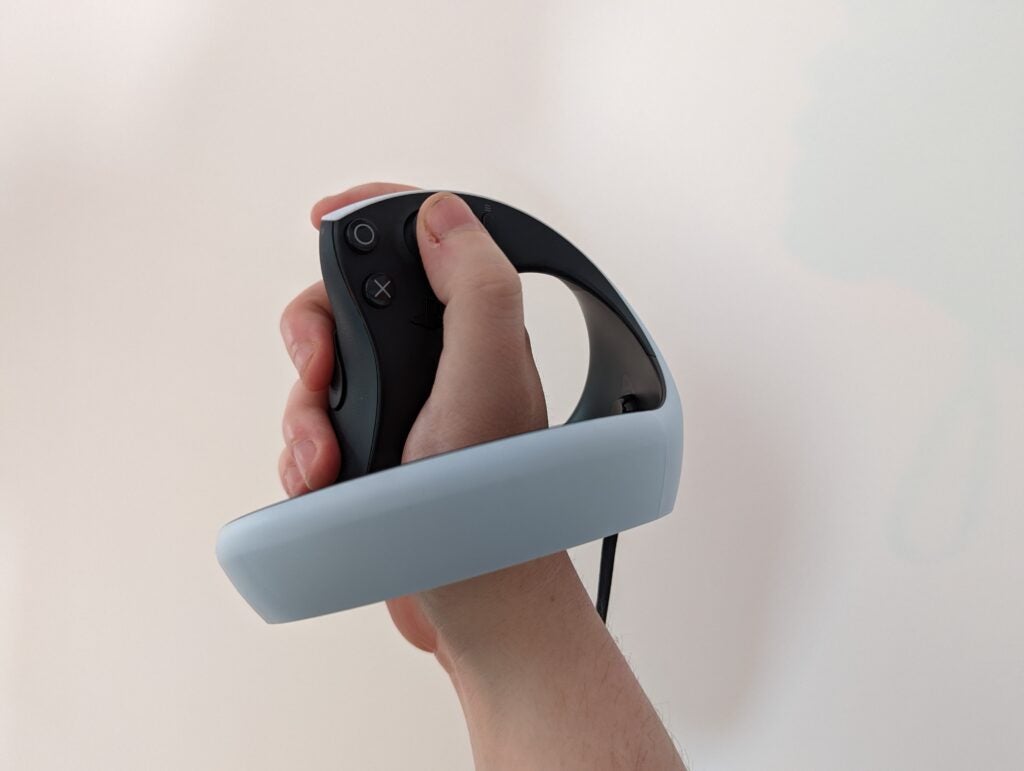
We were not a big fan of the need for AA batteries for the Meta Quest 2 controllers, but they do at least come pre-installed and we found that they lasted a long time. The Sense controllers use a USB-C connection for power delivery, and each lasts around 4 and a half hours of game time on a single charge.
Performance
Unlike the Quest 2, the PSVR 2 requires a PS5 to function. This means that it can leverage the power of the console to display visually stunning worlds.
It has a higher resolution per eye than Quest 2, although we still picked up on the screen door effect during gameplay, but only if you focus on it. The OLED display helps to make colours look more vibrant too, and will provide a better experience than the LCD panel on the Quest 2.
We thought that in-game worlds looked sharp using the Meta headset, but the lower resolution puts it at a disadvantage. It can be connected to a PC to access a huge library of VR games that can not be accessed when it’s operated independently.
Both devices feature a 120Hz refresh rate for smoother gameplay, however, while using the PSVR 2 we did occasionally notice juddery visual effects from fast-moving objects at a distance.
You can check out an in-depth look and the differences between the specs below.
| PSVR 2 | Meta Quest 2 | |
| Resolution (per eye) | 2000 x 2040 | 1832 x 1920 |
| Screen technology | OLED | LCD |
| Field of view | 110 degrees | 89 degrees |
| Refresh rate | Up to 120Hz | Up to 120Hz |
Games
The PSVR 2 launched with Horizon Call of the Mountain, along with Resident Evil Village and No Man’s Sky. Overall, the PSVR 2 utilises a lot of ports from other headsets, including the Quest 2, meaning that it doesn’t make the most out of the PS5’s graphical power.

There is an abundance of games to play on both headsets, although Sony may come out on top if it continues to develop first-party exclusives. Since the original PSVR did not get much love in this department we’re not waiting in tenterhooks for more releases, but it could be different this time around.
Verdict
All in all, both the PSVR 2 and Meta Quest 2 are great VR headsets that provide immersive and refined performances. The main difference is the PSVR 2 requires the PS5 to work, which may make it the less alluring option to anyone who has not upgraded to the latest console.
Since the Quest 2 can be used independently or with a PC it gives players more freedom, but that may come at the cost of the design, which we found to be more uncomfortable after extended wear.
If Sony decides to complement the PSVR 2 with more exclusive first-party titles then that may come out on top, since currently, both consoles share many of the same games.
Ultimately, this may come down to personal preference; the PSVR 2 features a better panel and resolution but is more limited in terms of accessibility and price than the Quest 2, so we may need to wait to see what Sony’s next steps are before we make a definitive conclusion.





